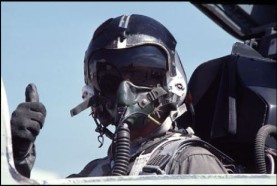Reference: TC 3-04.93 Aeromedical Training for Flight Personnel (2009) - heloip
Main menu:
- Home Page
- Simulator
- Introduction
- Manuals
-
Classes
- SOP
- Aeromedical
- Aerodynamics
- Instruments
- Combat Skills
- Night Vision Goggles
- Video
- Photo Album
- Instructor Contact
Reference: TC 3-04.93 Aeromedical Training for Flight Personnel (2009)

2-
TYPES
Hypoxic
Hypemic
Histotoxic
Stagnent

STAGES
Indifferent
Compensatory
Disturbance
Critical
2-
As we increase in altitude, the amount of air molecules decreases because the pressure decreases. If we stay above certain altitudes for a certain amount of time, the amount of oxygen in the blood decreases.
With the lack of oxygen to the brain, the body wants to sleep. With the lack of oxygen to the body tissues, a discoloration will occur. In the early stages of hypoxia, the body will show symptoms and signs of hypoxia. We will discuss this in detail during the "Stages of Hypoxia"
So remember, the higher we go in altitude, the less dense the air is, the amount of oxygen decreases.

2-